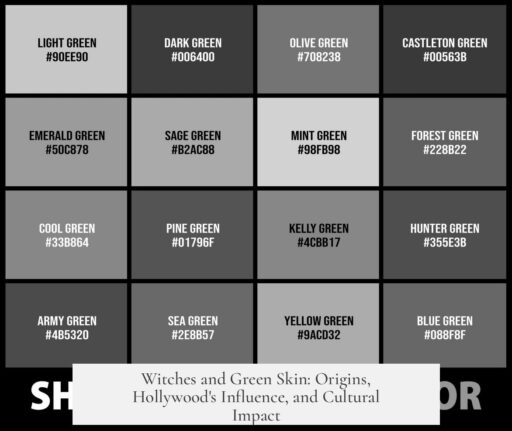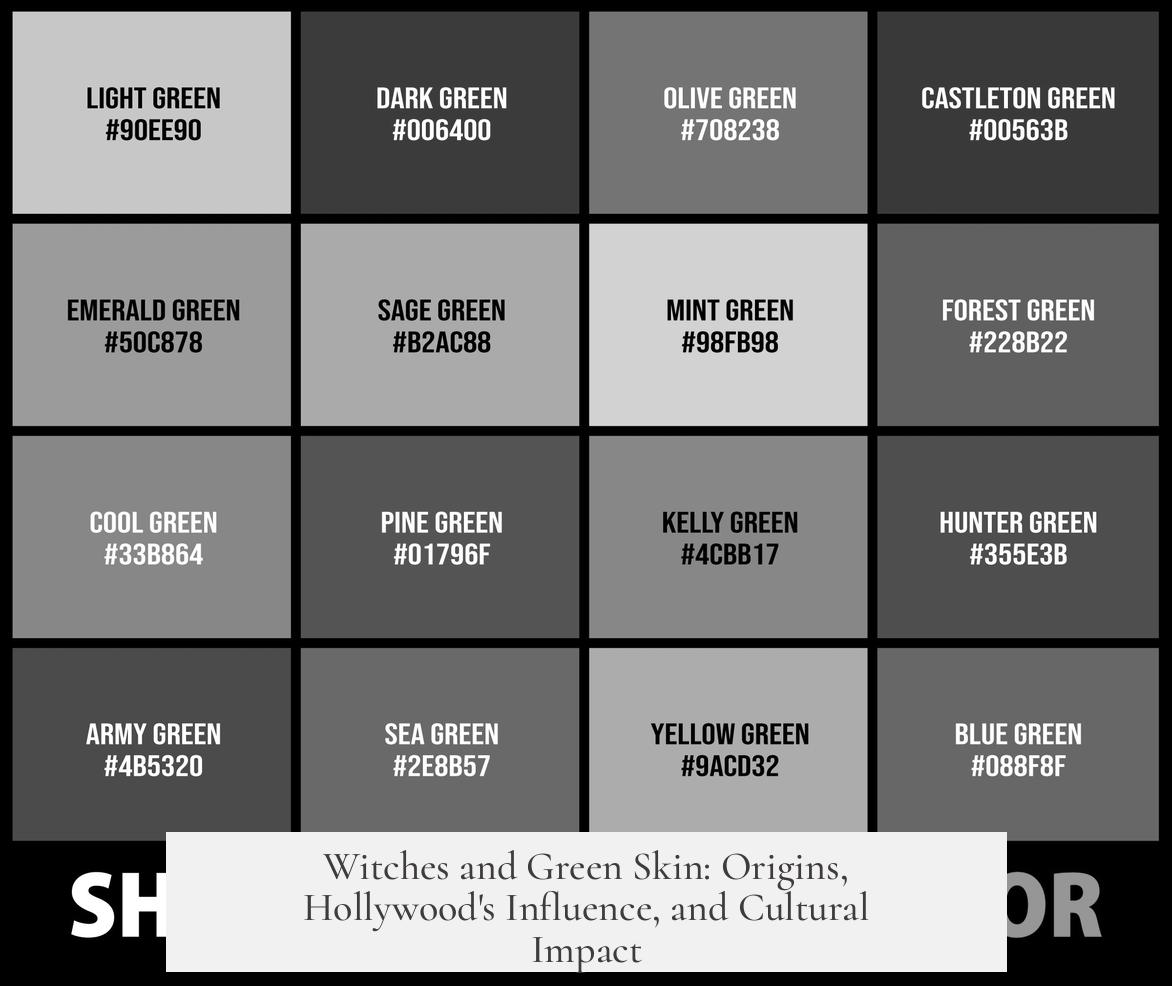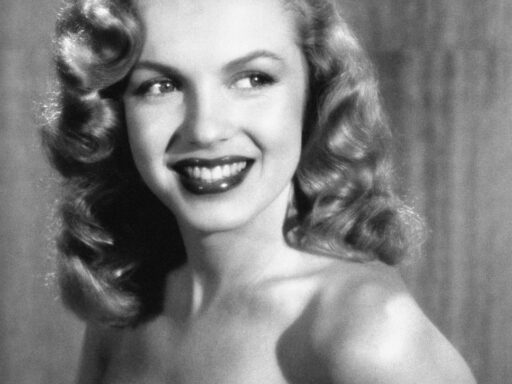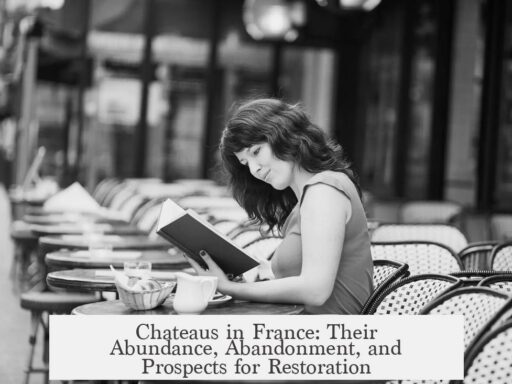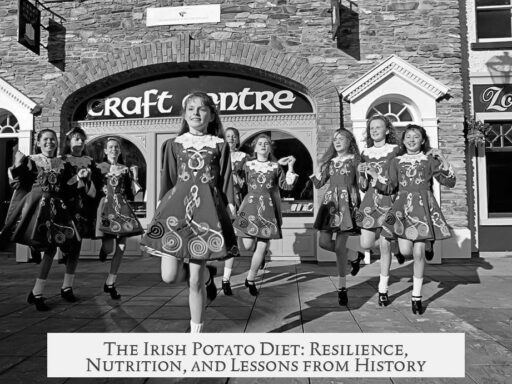The depiction of witches with green skin primarily began with the 1939 film The Wizard of Oz, where the Wicked Witch of the West was famously portrayed with vividly green skin. This cinematic choice was not based on longstanding folklore or historical witchcraft accounts but appears to be an original invention by the film’s creators. The green skin image gained traction and became popular largely due to the film’s wide-reaching influence and repeated broadcasts, embedding this visual into folk culture.
Historically, witches were rarely described as having green skin. Early witch lore focused on witches as humans involved with dark magic, often emphasizing their sinister powers rather than specific skin colors. Many popular explanations for green skin, such as bruising from torture during witch trials, do not have support from primary sources. These theories are largely speculative and do not explain the origin of the green skin depiction.
Some interpretations link the color green to putrefaction or decay, as green can symbolize rot and sickness. However, green also represents life and vitality in other contexts, making it an ambiguous color symbolically. Before the 20th century, there was no clear association between witches and green skin in literature or art.
The connection between witches and green skin found its breakthrough when The Wizard of Oz was produced. In this film, Hollywood was experimenting with color film technology and aiming to create striking visual effects. The filmmakers chose green for the Wicked Witch’s skin to create a memorable, eerie character, even though the original book by L. Frank Baum (published in 1900) does not mention the witch having green skin.
While some historical myths might have suggested colors like blue for the dead or supernatural (as in Norwegian mythology with the goddess Hel), green was preferred in the film for its dramatic visual impact. This choice was unique rather than a borrowed idea from earlier traditions or folklore.
The importance of The Wizard of Oz film in popularizing the green-skinned witch cannot be overstated. Prior to television and modern streaming, films were largely ephemeral, screened once or twice. However, The Wizard of Oz became an annual television tradition in the United States after the 1950s. Repeated airings introduced new generations of children to the iconic green witch. Even when early TVs were black-and-white, the cultural memory of the green skin remained strong.
This repeated exposure led to the green witch becoming a recognized symbol in popular culture and Halloween imagery. Over time, the witch with green skin was embraced by the folk, entering the collective unconscious as the definitive witch look for many, especially in Western culture. The choice resonated, possibly because green is an unusual and unsettling skin color that quickly signals otherworldliness to viewers.
Despite the green witch’s relatively modern origin, this image now appears deeply rooted in contemporary folklore and media. The green-skinned witch symbolizes evil and magic visually, a shorthand invented by filmmakers but adopted broadly.
| Aspect | Details |
|---|---|
| Origin | 1939 film The Wizard of Oz, Wicked Witch of the West |
| Pre-Film Associations | No traditional witch folklore describes green skin |
| Symbolism | Green linked to putrefaction and life; distinctive, eerie color for visual impact |
| Impact | Annual TV broadcasts cemented green-skin image in popular culture |
| Folk Culture Adoption | Green skin embraced as a cultural archetype of witches |
- The green-skinned witch image began with the visual design in The Wizard of Oz movie, not from earlier folklore.
- Speculations about torture or disease as origins for the green color lack historical evidence.
- The film’s use of color technology prompted a unique and memorable visual choice.
- Repeated television showings made the green witch a cultural icon across generations.
- Today’s green witch is a folk symbol rooted in modern media, illustrating how popular culture shapes folklore.
When and Why Did Witches Start to Be Depicted with Green Skin?
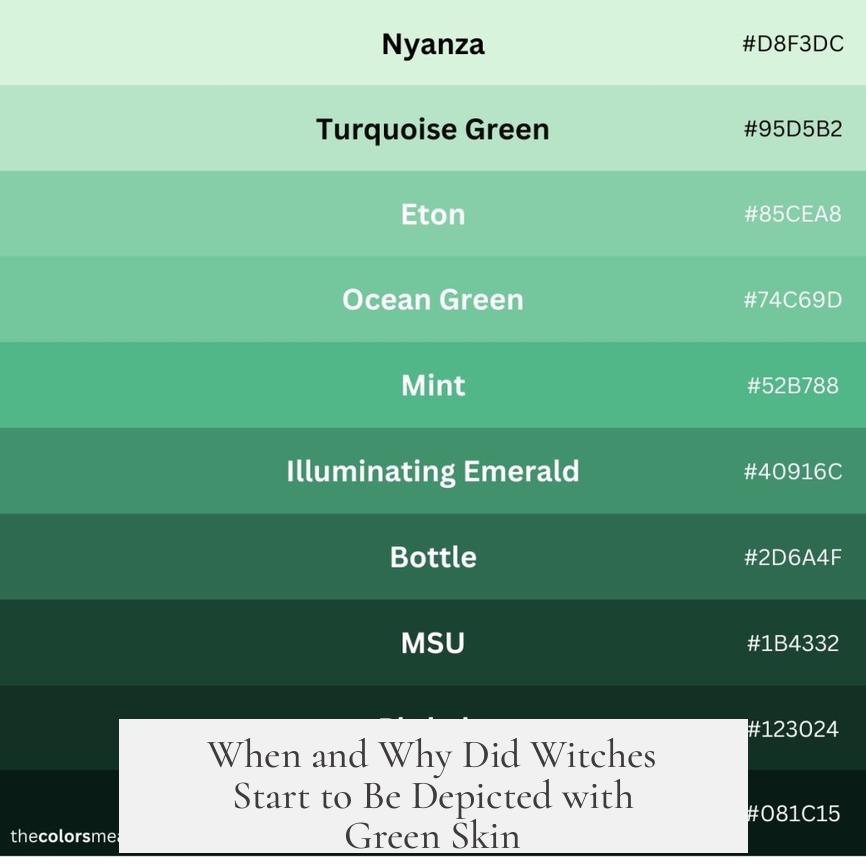
Short answer: The now-iconic image of witches with green skin largely springs from Hollywood’s 1939 film The Wizard of Oz, rather than any deep-rooted historical or folkloric tradition.
Okay, so you’re probably wondering: were witches always painted in shades of green, lurking in the shadows of old stories and legends? The truth is a little twistier—sort of like a spell gone sideways.
The Origins: Debunking Myths and Folk Etymologies
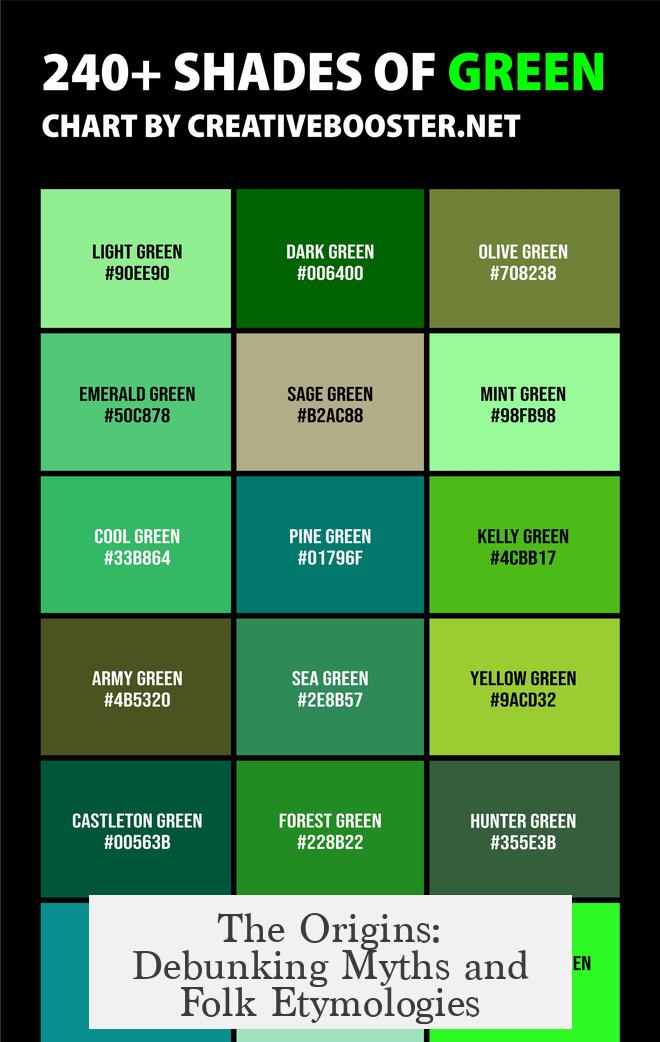
Start by tossing out one common idea floating around online—that witches had green skin because torture during witch trials bruised and discolored their flesh. Sounds gruesome, but historians have found no credible evidence supporting this. It’s a classic case of folk etymology. People see the green skin, connect it to illness or rot, and call it a day. Yet green can mean life and growth, too. So, it’s not a perfect fit.
Historically, witch imagery wasn’t associated with green skin. Woodcuts, paintings, and descriptions from centuries ago rarely mention anything resembling a green hue. The fearsome witches of old? They were usually human-looking, just wicked and wearing typical attire of their era.
Enter Hollywood: The 1939 The Wizard of Oz Phenomenon
Now, here’s where things get interesting. The first time many people saw a witch with green skin was on their movie screens in 1939. The film The Wizard of Oz was one of the earliest ventures into Technicolor, a shiny new technology that brought movies to life with dazzling color.
The Wicked Witch of the West, portrayed by Margaret Hamilton, sported that unforgettable green face. But why green? The director didn’t base this choice on any pre-existing tradition or folklore about green witches. Instead, it was likely a deliberate decision to make full use of the color film’s novelty.
Interestingly, L. Frank Baum’s original 1900 book — the film’s source material — doesn’t describe the witch as green at all. In fact, pre-Christian Scandinavian myths often associated death or the afterlife with blue, not green. The filmmakers likely chose green because it visually screamed “evil” on screen while contrasting with Dorothy’s innocent, ruby-red slippers and pale face.
Why Did the Green Skin Image Stick?
Movies, especially ones as iconic as The Wizard of Oz, shape culture in powerful ways. This film became a staple in American households, thanks in large part to television broadcasts. As TV sets became common and films were replayed on air year after year, newer generations kept seeing the green-skinned witch again and again.
Even if televisions of the early post-war years were black and white, the idea of a green-skinned witch was cemented through repeated viewings and pop culture references. This helped solidify the image in popular imagination, morphing what was once a cinematic choice into a seemingly age-old tradition.
The Green Witch in Folk Culture
Here’s the fascinating part: the general public embraced the green-skinned witch image wholeheartedly. This wasn’t guaranteed—folk culture is known for being picky, sometimes clutching to one idea and tossing another out like last year’s pumpkin spice latte.
But this motif stuck. Today, dressing up as a green witch is a Halloween classic. Cartoons, comics, advertisements, and even other movies echo that look without hesitation. The color green has come to symbolize more than just the Wicked Witch of the West; it’s become shorthand for magic, mystery, and a pinch of menace.
Lessons from the Green Witch Story
So, what can we learn from the rise of the green witch? Sometimes, cultural symbols emerge not from ancient roots, but modern creativity—especially in media. It reminds us how powerful imagery and storytelling are in shaping collective beliefs.
For artists, writers, and marketers, it’s a reminder: a bold choice, like painting a witch green, can echo through decades with lasting impact. And for curious minds, it’s a nudge to question easy explanations and seek the real story behind what seems obvious.
In Closing
Next time you spot a witch with green skin at a Halloween party or in a cartoon, remember: that eerie hue is mostly a Hollywood invention, born in 1939. Its staying power? A mix of brilliant filmmaking, mass media repetition, and a quirky public ready to embrace a vivid new image of an age-old archetype.
So, what’s your take? Does the green witch feel more magical or just plain mischievous? Either way, it’s hard to imagine witches without that dazzling green splash now.
